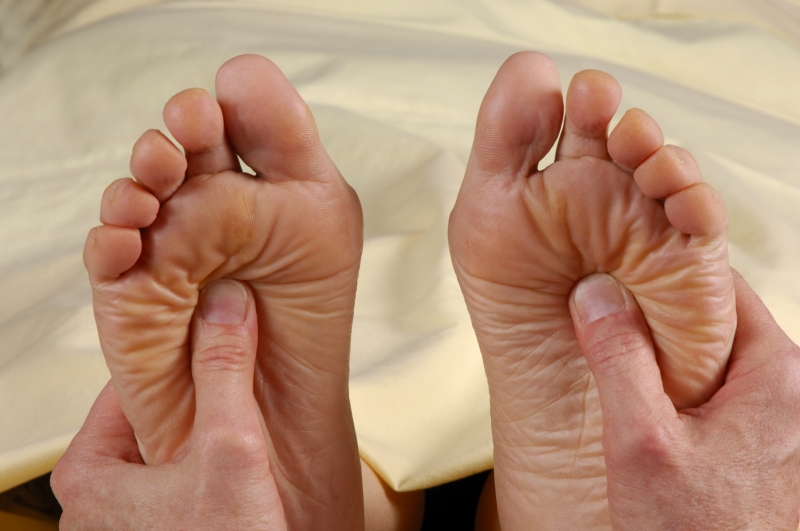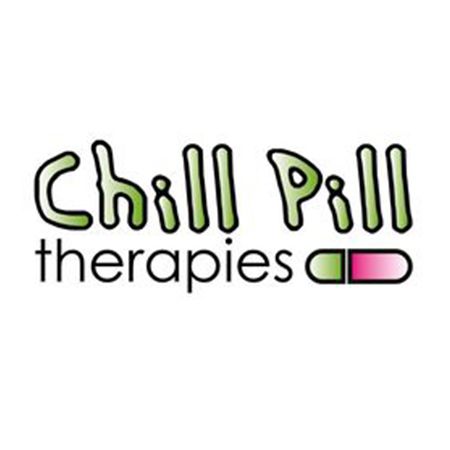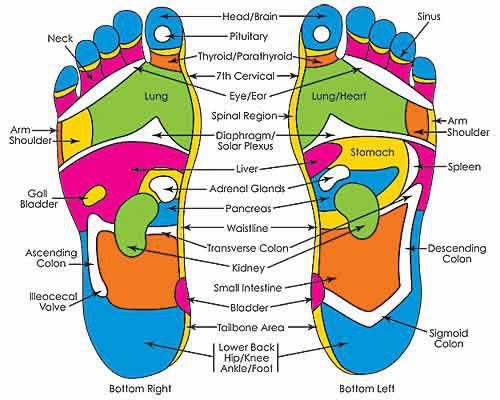
With World Reflexology Week falling on the last full week in September, reflexologists worldwide will be promoting the modality and its many health benefits. With this in mind, ntpages touched base with Cathy Boyle from the Reflexology Association of Australia to learn more.
What is the big drawcard of reflexology?
“I love that reflexology is such an ancient hands-on healing technique that has been passed on throughout the ages and through all the old cultures of the world. Touch is very nurturing. It assists me to go to a very safe place where I feel supported and cared for and where I feel connected to myself. Reflexology is also very intuitive. When we hurt ourselves, it is natural to rub that area to make it feel better. In fact, Australian Aborigines call this kind of healing 'foot rubbing' and they used this deep healing practice to keep people mobile as active hunters and gatherers.”
What are the origins of reflexology?
“Reflexology is an ancient healing art that has its origins in many of the old cultures of the world. As far as we are aware, it goes back to the Egyptians - 2,330 BC. It moved from Egypt to India and then via Hinduism to Asia and on to Japan. There was also foot work happening in China at the same time as recorded in the “The Yellow Emperor’s Classic of Medicine (the Neijing Suwen)". Civilisations around the world have worked on feet as an aid to mobility and well being throughout time. Feet have played an important part in many religions with ceremonies where the feet are washed, massaged and anointed as a symbol of letting go of the old to make way for the new.”
Are there different schools of reflexology?
“Yes. The Ingham method is the most widely practised method worldwide, developed in the early 1930s but now there are many variations on this method which incorporate alternating pressure application, very light pressure and rotating thumb technique to name a few. The Rwo Shur method is practised in Asia and uses thumb-sliding and pressure techniques using the knuckles and small wooden items and there is also an Ayurvedic approach to reflexology that incorporates elements of that philosophy. There is no one way of doing reflexology; each therapist develops their own signature method.”
What are the outstanding benefits of reflexology?
“Reflexology promotes a healing response, mentally, physically, emotionally and spiritually. It produces a profound relaxation and it is in this state of deep relaxation that healing occurs, stress levels are reduced and feelings of well-being are produced.”
What conditions are most commonly treated by reflexology?
“People often present with sore feet as this is what makes them think of reflexology Foot pain can lame the most active person! Plantar fasciitis is a common presentation and those people are assisted not only with the symptoms but also the cause. Sometimes the pain is related to back or neck issues, sciatica, premenstrual tension or digestive discomfort. Those with arthritis find relief through the mobilisation of the bones in the foot. Reflexology can also be helpful in pain management both pre and post surgery, accelerating the healing process. Reflexology is a great preventative tool. A one-off treatment can get you back on track, but regular reflexology helps you to stay well and supported in whatever you do. So, you can see the benefits of reflexology are far reaching."
What can I expect at my first session?
“The first step is for the therapist to get some information on your health status and what you are expecting from the treatment. You will also be given some background on reflexology and how it may benefit you. But the best way is to experience it yourself - so put your feet up and see where it takes you!”
How long is a session?
“Typically an hour, depending on the condition and age of the patient. Your first session is also longer as the practitioner will record your case history prior to treatment beginning.”
What age range can benefit from reflexology?
“Reflexology is a gift that can benefit everyone, irrespective of age - even new born babies.”
Are any oils or balms used in reflexology?
“Once a practitioner is trained and competent in a technique, oils or balms can be used. I personally like to use aromatherapy oils or Australian Flower Essences in the foot lotion.”
What advice do you have for choosing a therapist?
“When looking for a therapist, always seek out someone who is a member of a recognised reflexology association. In Australia the Reflexology Association of Australia is the only association devoted to reflexology and is well recognised by health funds. Visit our website or use the excellent Natural Therapy Pages to find a practitioner. Usually, clients like to read the therapist’s profile and see their photo to enable them to feel comfortable about the therapist they choose.”
When is reflexology best avoided?
“Reflexology is a very safe treatment as it restores balance to the body. Previously, patients were told not to have reflexology with a diagnosis of cancer. However, today most oncologists are happy for their patients to have reflexology concurrently with their chemotherapy. This is a good example of how reflexology is complementary to and integrative with traditional medicine assisting with the side effects of treatment such as muscular pain, swelling, peripheral neuropathy, anxiety and pain management. I feel that safe, adapted touch is always beneficial and allows the person to feel the impact of that care and touch. If you have any concerns, it is best to talk to your professional reflexologist who knows the precautions and knows how to adapt your treatment.”
What is involved in World Reflexology Week?
“Ultimately we are looking to promote greater public awareness of reflexology in our communities and demonstrate its benefits.”
Will there be a range of activities available?
“Across Australia and around the world, reflexologists will be working in groups or individually in a range of activities and promotions in shopping malls, nursing homes, shoe stores, health food shops and training colleges for instance. Individual reflexologists may have special offers for clients.”









